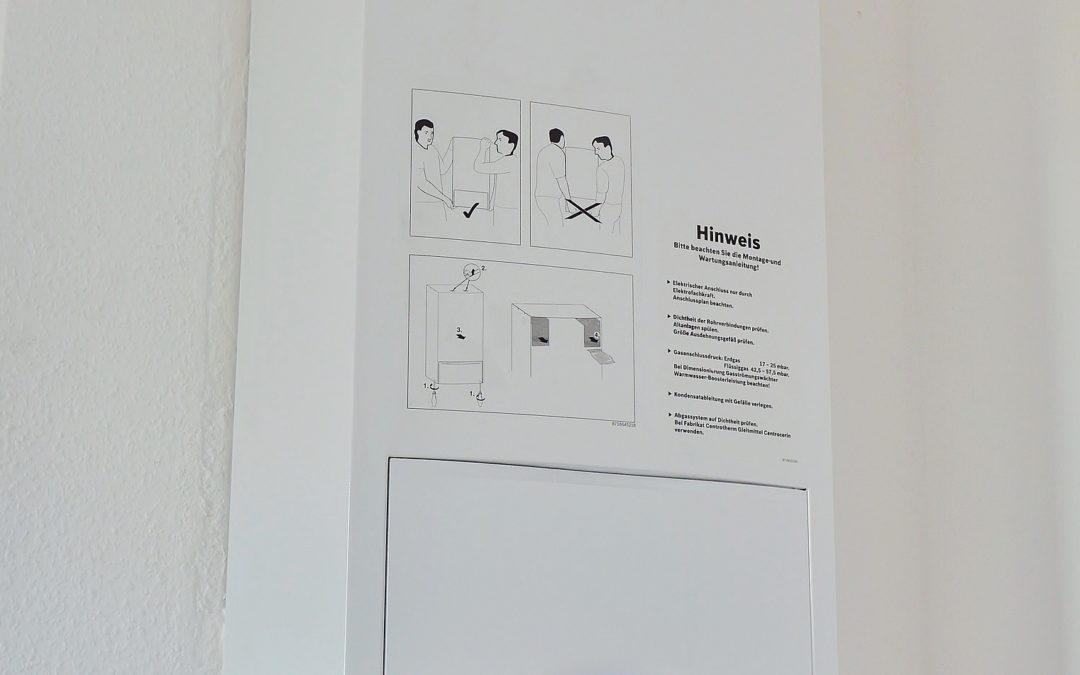Water heating is the second highest contributor to utility cost, and 17% of home energy usage. If you are in the market for a new water heater, tankless may be the best choice for energy savings.
How does a tankless water heater work?
Tankless water heaters, also known as on-demand water heaters, generate hot water only when needed. With tankless technology, a powerful gas-fired burner or electric unit kicks on when you open a hot water tap. It heats the water directly as it flows towards the faucet, giving you instant access to hot water without the need to store a constant supply.
What are the benefits of going tankless?
A tankless system has several benefits:
- Lower energy bills – you don’t need to keep 60-100 gallons of hot water on standby.
- Endless hot water – it never runs out.
- Longer lifespan than a tank – a traditional water heater lasts an average of 8-12 years. A tankless water heater lasts an average of 20.
- A smaller installation footprint – a traditional water heater occupies about 15 cubic feet of floor space, while a tankless unit takes up about 3 cubic feet and can be mounted on a wall.
- A reduced risk of flooding — you are not storing water, so there is nothing to leak.
What size do I need?
The answer to this is determined by two factors: Flow Rate and Temperature Rise.
The Flow Rate is how much hot water the unit can produce, expressed in gallons per minute (gpm). You want the unit to provide a high enough flow rate to meet your needs. Typically, tankless units restrict your family to one or two hot water activities at a time, depending on the size you install and your plumbing fixtures.
Examples of low flow hot water plumbing fixtures include:
Bathroom sink faucet 1.0 gpm
Shower head 2.5 gpm
Tub faucet 4.0 gpm
Kitchen faucet 1.5 gpm
Dishwasher 1.5 gpm
Washing machine 2.0 gpm
Next, determine how many of these you expect to use during peak times. For instance, if you have two bathrooms and want to have two people to be able to shower at the same time, you’ll need a flow rate of about 5 gpm.
To figure the Temperature Rise you need to compute the difference in temperature between the water as it comes in from underground, and how hot it should be when it flows out of the tap. To size a tankless water heater, you will need to know the average groundwater temperature for your region.
For example, in Northern Virginia the groundwater averages 52 degrees. The temperatures at the top ranges from 102 degrees for the bath/shower to 120 degrees for the dishwasher/washing machine. Starting with 52-degree water means you need a unit that can deliver a rise of 50 to 68 degrees.
As you shop for tankless water heaters, you’ll see the sizes are listed as a combination of flow rate and temperature rise. A particular unit may provide a flow rate of 8.0 gpm in Southern California, where the rise is only 30 degrees. That same unit may drop to a flow rate of 5.3 gpm in Northern Virginia, where the rise is 65 degrees.
In conclusion, a tankless water heater could be the best solution for you if any of these statements is true:
My family doesn’t use much hot water- The less hot water you use the more money you can save by going tankless. Homes that use 40 gallons or less per day save 24-34% compared to conventional water heating. If you use twice that much you can still save 8-14%.
I prefer endless hot water over a high flow rate- Tankless heaters are limited to about 5 gpm. Traditional heaters are 2-3 times higher. To combat this shortcoming, consider installing low-flow plumbing fixtures, or multiple point-of-use tankless units instead of a single whole-house unit.
I don’t plan on moving any time soon- Tankless water heaters cost more up front (generally 15-45%), but they deliver monthly savings in energy costs, and last twice as long as storage heaters.
My home is short on storage space- Tankless heaters use about one fifth (20%) of the space traditional storage water heaters use.


